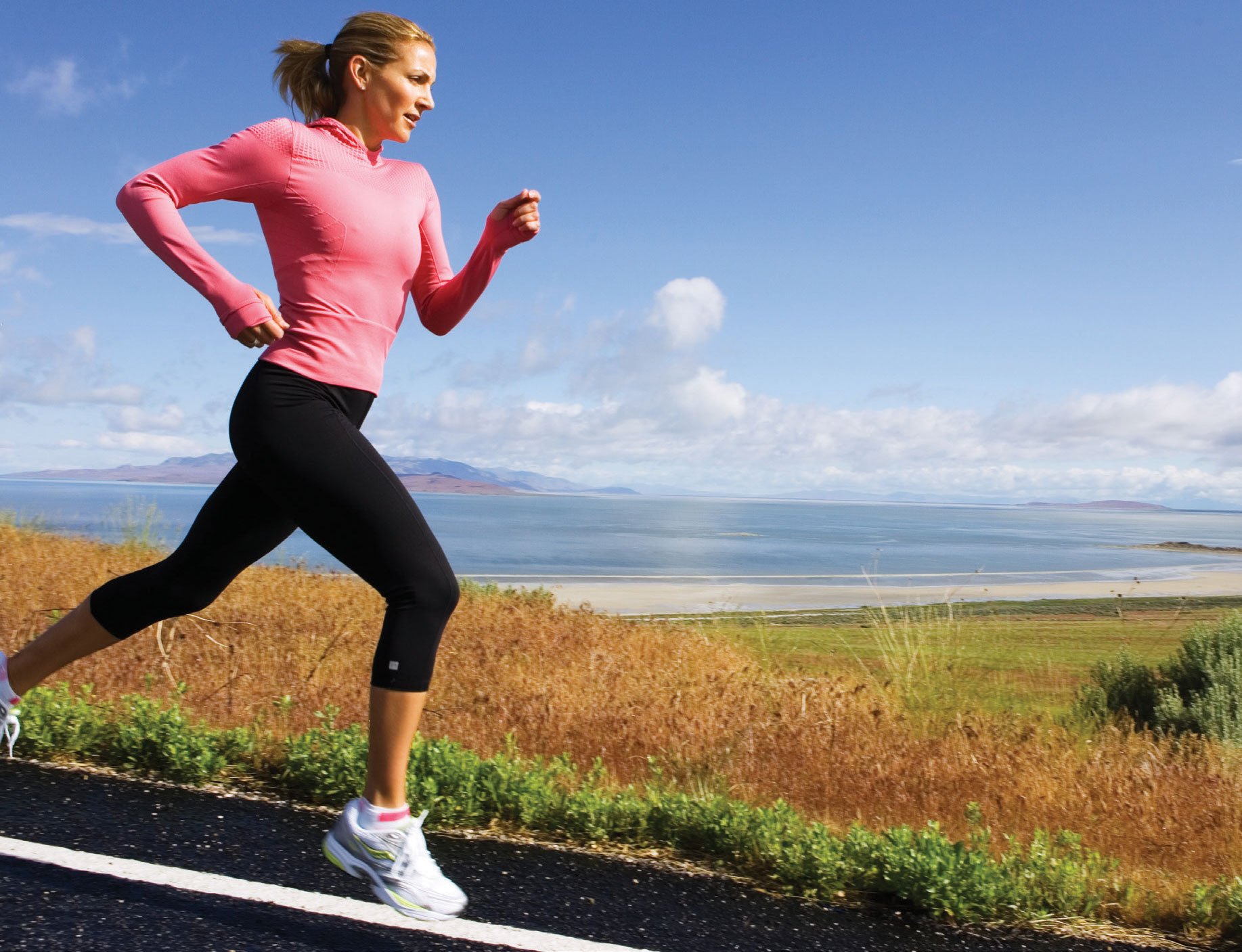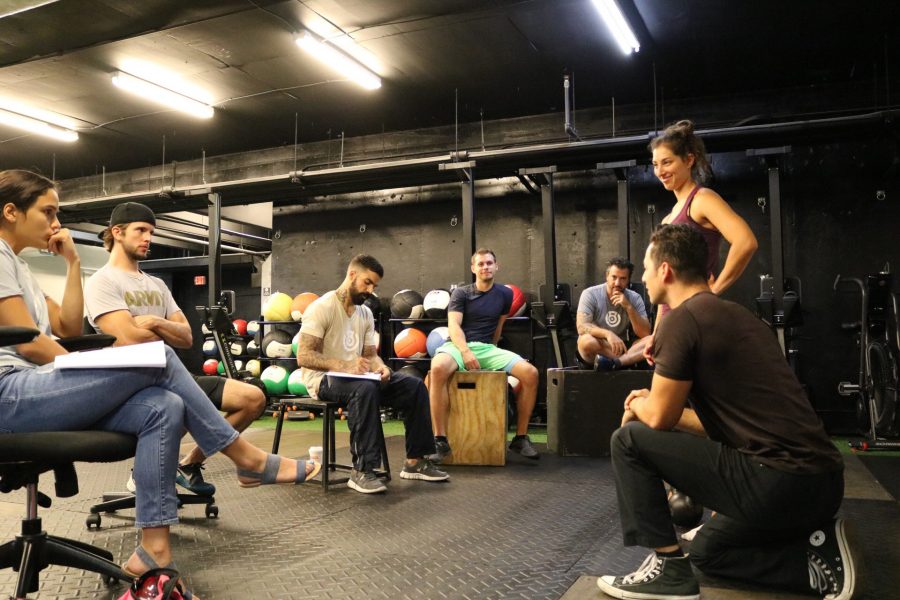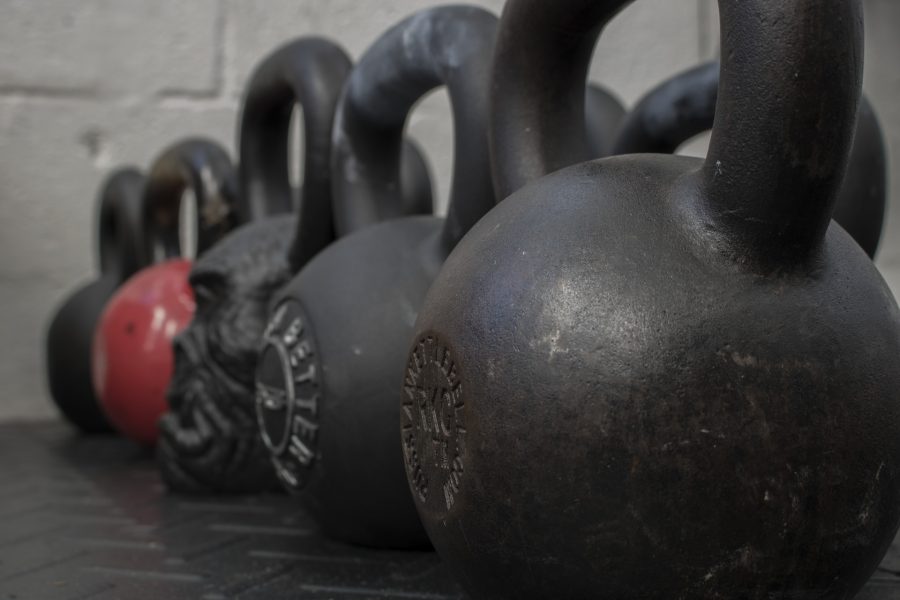While it may often be true that repetition is the key to learning, for runners, it is also usually the root of injury. Running, unlike many traditional team sports, is an intrinsically repetitive movement. This means that if you’re striding incorrectly, have a muscular imbalance, or are compensating in any way, you’re repeatedly and incorrectly stressing your body. At first, you probably won’t even notice, as you’re likely running in a way that feels natural to you. But over time, if these little glitches persist, you could wind up with some pretty painful side effects. This can range from shin splints, to IT band syndrome to all kinds of funky hip problems. Of course, in a sport that demands so much of your body, it’s nearly impossible to fully prevent injury. But there are certainly things every runner can and should do to stay healthy. Cue my list of the Five Most Important Habits of Healthy Runners.
1. Always make sure to begin your work-out with a dynamic warm up.
A lot of runners like to just get up and go. Sure, it’s tempting and seems like a quick way of saving time. But, a proper warm up is crucial in preparing your body for the run ahead. I suggest first jogging lightly for 5 minutes or half a mile. Then, perform a dynamic warm up (moving through stretches) for 5-10 minutes. Here’s a sample warm-up I use with my runners:
-
- Walking arm circles (think freestyle swimming)
- Straight leg walk- walk without bending your knees; flex you toes toward your shins.
- Good Mornings- bend at the waist with your knees relaxed; your butt should move back, chest down and you should feel a stretch along the back of your legs. Come up and repeat.
- Single Leg Good Morning- (or single leg RDL as you may know it) one leg is off the floor and extends behind you as you bend at the waist.
- Reverse Lunge with a Twist- Lunge back and hold while twisting arms and chest left and right. Come up, switch legs.
- Worlds Greatest Stretch- Take a big step forward with one leg. Front knee bends until you can reach the opposite hand to the ground. Back leg stays straight. Same side arm reaches for ceiling/sky while chest twists toward front knee.
- Grass Pickers- Walk with very small steps. With each step reach for front foot with hands. Toes of front foot should be off ground, weight should be on your back leg.
- Frankensteins- alternate swinging your leg high and reaching with the opposite arm.
- Lateral Lunge Twist-Lunge side ways. Opposite arm reaches toward toes, same arm reaches toward ceiling.
- Skips off one leg- step with one leg skip with the other. Switch.
- Skips- first for height, then for distance. Focus on driving through the big toe and extending the hips.
- High knees in place into a stride.
This is just an example, but I like it because it addresses the full body and works in planes of motion neglected by running. If you know you have certain deficiencies, work with a trainer or coach to find a warm-up that will address those.
2. Any running program should be accompanied by a strength training program
Like I mentioned earlier, running is a very repetitive motion. You use the same muscle groups over and over and only move forward. A well-balanced body requires a strength program that will make sure the muscles you don’t use for running are as strong as the muscles you do use for running. A lot of runners also have poor glute activation which is something you can easily address in the weight room. Your buns are the most powerful part of your legs and if you’re not using them, you’re bound to get an over-use injury. Some exercises I like are lateral lunges, single leg deadlifts (really any deadlifts), kettlebell swings and lateral/multidirectional jumps.
3. Proper nutrition/supplementation is a cornerstone to injury prevention
As a high school girls’ cross-country coach, I’ve come across some pretty interesting eating habits. It’s actually insane how much what you eat affects how you run. First and foremost, if you consider yourself a competitive runner/are running to compete in a marathon or half marathon, you definitely should not be on a calorically restricted diet! If you are trying to lose weight and are casually running a few miles (2-3) a few times per week, fine. But if you run daily and for distance, your body wants calories and it wants them now! More specifically, it wants carbs—up to 60% of your daily caloric intake. Carbs are the fuel your body uses to run and what it uses to recover (along with some other things). If you’re low on carbs, your body will start metabolizing fat and protein as an energy source. Do you know where it’s getting the protein from? Your muscles! That’s right, your body is basically eating itself so you can keep running. I’m not saying you should stock up on sugary donuts and pizza before you run. But you should make sure to integrate healthy carbs into your diet (think sweet potato, brown rice, starchy veggies, grains). And if you have dietary restrictions (vegan, lactose intolerant, celiac disease), you should work with a licensed nutritionist to make sure you’re getting the necessary macro and micronutrients. A lot of runners, especially women, also tend to have low iron and serum ferratin levels. While on a blood test they may fall in the “normal” range, you should ask your doctor if they are normal for an endurance athlete. Runners’ bodies are trained to use as much oxygen as efficiently as possible. One adaptation that comes with this is elevated red blood cell/ iron count. If your iron is in the low range of normal, it may actually not be normal.
4.Regeneration is key to keeping things in working order.
If you’re applying a stress to your body, it’s going to need time to recover. Improper recovery, over time, can accumulate and lead to injury. There are a few things you can daily and periodically to make sure you’re priming yourself for a quick recover.
- Foam rolling/tennis ball massage and static stretching post run- your legs and feet take a major beating during runs. Make sure to stretch/foam roll your legs and hips, targeting areas that tend to get sore or stiff. You can also use a golf or tennis ball to get hard to reach spots and your feet.
- Post-run snack—make sure to have a snack with some carbs and protein within an hour of running. A glass of chocolate milk is a quick and easy go to.
- Massage—sometimes you need an extra set of hands to get those hard-to-reach spots (or tight spots you didn’t know existed). A massage with someone who really knows their way around the body can teach you a lot about muscles you may be over-using.
- Sleep—a good night’s sleep is irreplaceable when it comes to recovery. Most tissue repair happens while you sleep. Plus, being well rested keeps you alert and helps prevent sickness.
5. Having the right gear (namely, shoes) helps protect your feet and joints.
Make sure that you are running in shoes that are right for you. Everyone has a different foot and a different stride—which means not all shoes (even if they are in the COOLEST color) are right for you. Go to a running store with a staff who is knowledgeable and can help you choose the right pair based on your mileage and stride. Many stores now have treadmills where the salespeople can watch you run and analyze you gait. They can then choose a shoe for you depending on how your foot hits the ground. Make sure the shoe is big enough and has room for your toes. A lot of people are into the barefoot/minimalist shoe style lately. While I agree that you want your foot to hit the ground as naturally as possible (it makes your stride better and absorbs shock that some shoes funnel to the knees), you also want a shoe that will protect your body from the wear you will inevitably place on it by running high mileage. Humans did not evolve to run 60+ miles per week, so I think its faulty logic to assume we should run as though we did. A cushioned sole can help protect the fat pads in your feet. If you choose to use a minimalist shoe, make sure you transition gradually so your body can adjust. With that said, if the shoes you are currently using (minimalist or fluffy) are working for you and you feel no pain, keep doing what you’re doing. Just make sure to get a new pair when you feel that yours are losing their structure (many shoes will say how many miles they are good for). By: Caroline Lutzky




